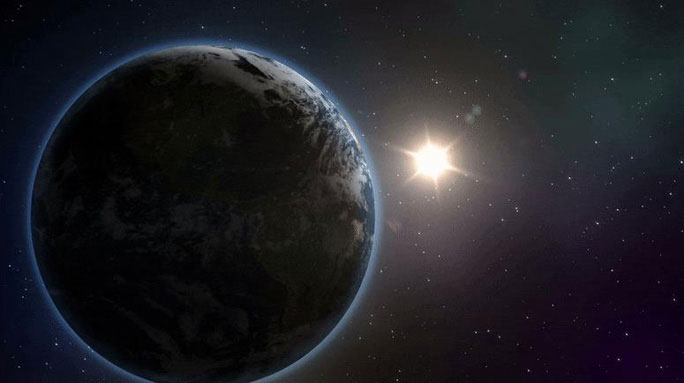NASA scientists admit that they have only found planets with some Earth-like characteristics, but none that are completely similar in every aspect, despite the identification of thousands of exoplanets.
A scientific paper from NASA’s Exoplanet Exploration Program analyzed whether our continued “loneliness” is due to Earth being a distinctive planet that has developed in a “unique” way compared to other types of planets in the universe.

Could Earth be an outlier in the universe? – (Photo: NASA).
According to NASA and various astronomical research groups regarding exoplanets (planets outside our solar system), these planets seem to form in certain patterns: hot Jupiters, cold super-Earths, mini-Neptunes… Many have similarities to Earth in various aspects, but none have been found to be 100% certain to support life.
SciTech Daily quoted Dr. Jessie Christiansen from NASA’s Exoplanet Science Institute: “The planetary systems we are discovering do not resemble our Solar System. The important question is whether our Solar System is unique?”
NASA suggests that we might not be a “mutant” type of planet lucky enough to harbor life; rather, it could be that modern scientific instruments have overlooked planets that are truly Earth-like. As a leading space agency in the hunt for exoplanets, NASA acknowledges the shortcomings of its advanced “exoplanet hunters”.
For instance, the “radial velocity” method, which is the most common way to search for exoplanets, has several limitations. It is difficult to directly observe exoplanets, so scientists measure the invisible forces that pull the parent star, allowing them to infer what is orbiting around it. However, the larger the planet, the greater the gravitational pull. Consequently, most planets discovered using this method are larger than Earth.
The “transit” method—essentially measuring the change in brightness of the parent star as the exoplanet passes in front of it—seems to primarily identify planets that frequently transit their parent stars. However, these planets, which have orbits lasting a few hours, days, or several tens of days, are often too close to their parent stars and thus too hot.
Therefore, NASA states that to find an Earth-like replica, they are targeting new “exoplanet hunters” capable of examining atmospheres for signs of oxygen, methane, or carbon dioxide. The recently launched James Webb telescope may partially meet this expectation.

















































